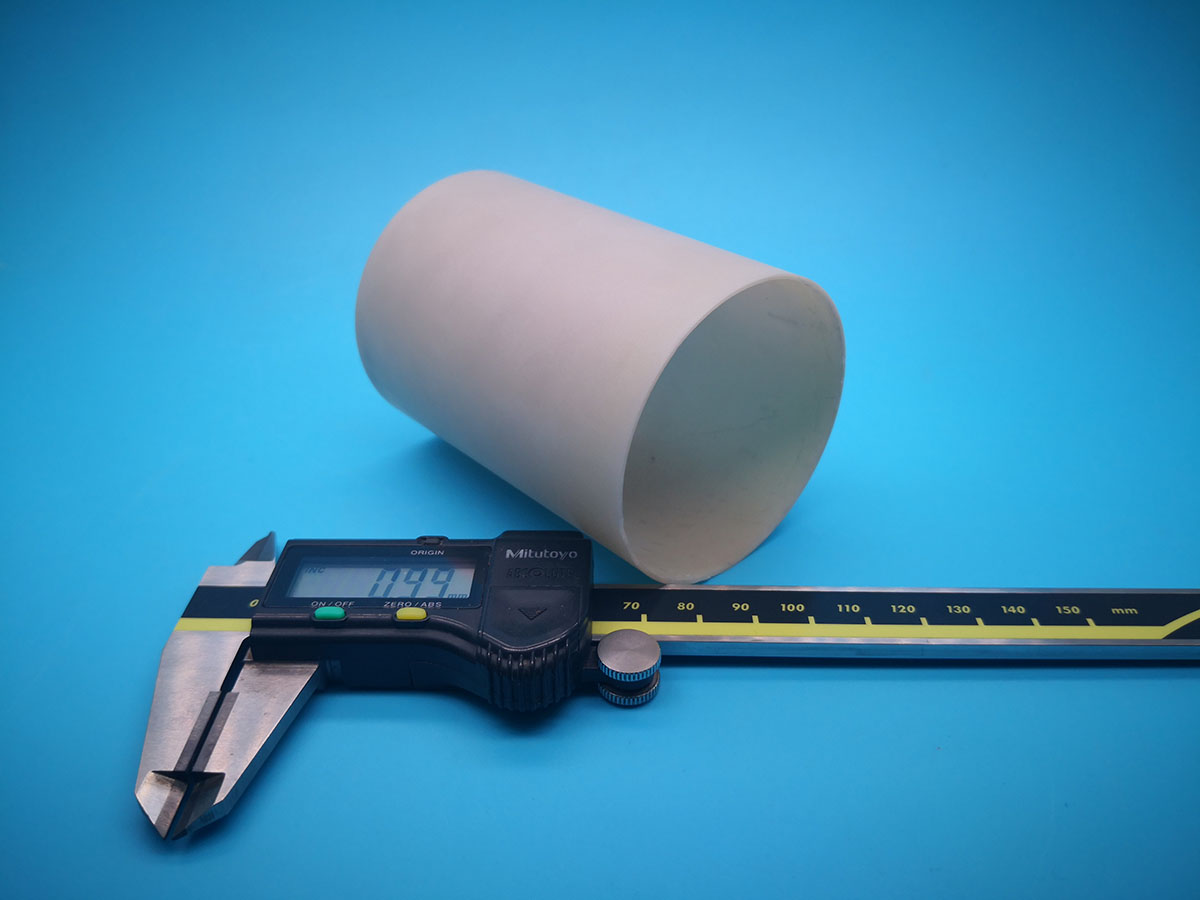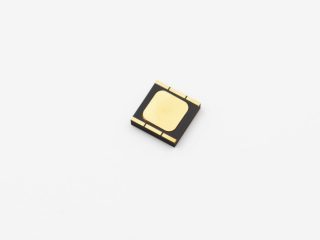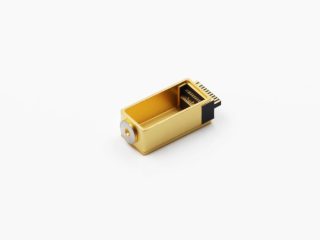
What is aluminum nitride (AlN)?
Aluminum nitride (AlN) is an interesting material. If high thermal conductivity is required, it is one of the best materials. Combined with its excellent electrical insulation, aluminum nitride is an ideal radiator material for many electrical and electronic applications.
Characteristics of aluminum nitride
Aluminum nitride is a (mainly) covalently bonded material with a hexagonal crystal structure, which is isomorphic with one of the polytype zinc sulfides called wurtzite. The space group of this structure is P63mc.
The material is stable at very high temperatures in an inert atmosphere. In the air, surface oxidation occurs above 700°C, and a surface oxide layer of 5-10nm is detected even at room temperature. This oxide layer protects the material at temperatures up to 1370°C. Above this temperature, bulk oxidation will occur. Aluminum nitride is stable in hydrogen and carbon dioxide atmospheres up to 980°C.
The material is slowly dissolved in inorganic acid by grain boundary erosion and dissolved in strong alkali by erosion of aluminum nitride grains. The material is slowly hydrolyzed in water. Aluminum nitride is resistant to most molten salts, including chloride and cryolite.
Aluminum nitride is synthesized by carbothermal reduction of alumina or direct nitridation of aluminum. Sintering aids and hot pressing are needed to produce dense industrial grade materials.
Application of aluminum nitride
The metallization method enables aluminum nitride to be used in electronic applications similar to alumina and beryllium oxide.
At present, many studies have used gallium nitride based semiconductors to develop light-emitting diodes operating under ultraviolet light, and it has been reported that alloy aluminum gallium nitride is used with a wavelength as short as 250 nm. In May 2006, an inefficient led emission of 210 nm was reported. The band gap measurement of single crystal AlN (using vacuum ultraviolet reflectivity) is 6.2 eV. In principle, this allows a wavelength of about 200 nm to be achieved. However, if such a transmitter is to become a commercial reality, there are still many difficulties to overcome.
Industrial use of aluminum nitride applications includes dielectric layers in photoelectric and optical storage media, electronic substrates and chip carriers with high thermal conductivity, and military applications.
Due to the piezoelectric properties of aluminum nitride, epitaxially grown crystalline aluminum nitride is also used in surface acoustic wave sensors (SAW) deposited on silicon wafers.




 Enquiry
Enquiry